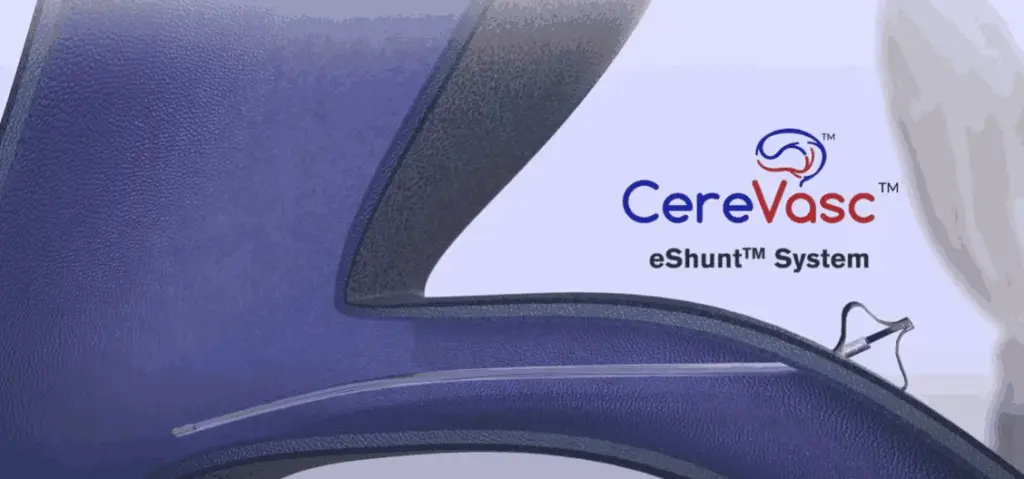CereVasc, Inc., a clinical-stage, medical device company developing novel treatments for neurological diseases, announced it has received its second Breakthrough Device Designation from the U.S. Food and Drug Administration (FDA) for its investigational eShunt System. This Breakthrough Device Designation is for the treatment of communicating hydrocephalus in pediatric patients aged 12 and older. The Breakthrough Device Designation was supported by data generated during pilot clinical studies of the device, as well as original research published in the Journal of NeuroInterventional Surgery.
The research, conducted at Texas Children’s Hospital and Oregon Health and Sciences University, retrospectively analyzed two cohorts of 50 consecutive patients who underwent high-resolution brain MRI. Measurements of the IPS (inferior petrosal sinus) and CPAC (cerebellopontine angle cistern) were evaluated using established anatomical criteria to assess the feasibility of safe eShunt System implantation. Regression analyses assessed the relationship between patient age and IPS/CPAC measurements.
The results demonstrated that, based on previously established anatomical criteria, endovascular shunt placement was feasible in 67% of the 100 pediatric patients evaluated. There were no statistically significant age-based differences in eligibility (P=0.57). In conclusion, the majority of patients over one year of age met the IPS and CPA anatomical criteria for placement of the eShunt System.

